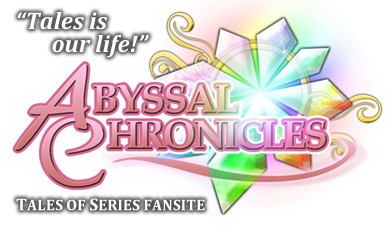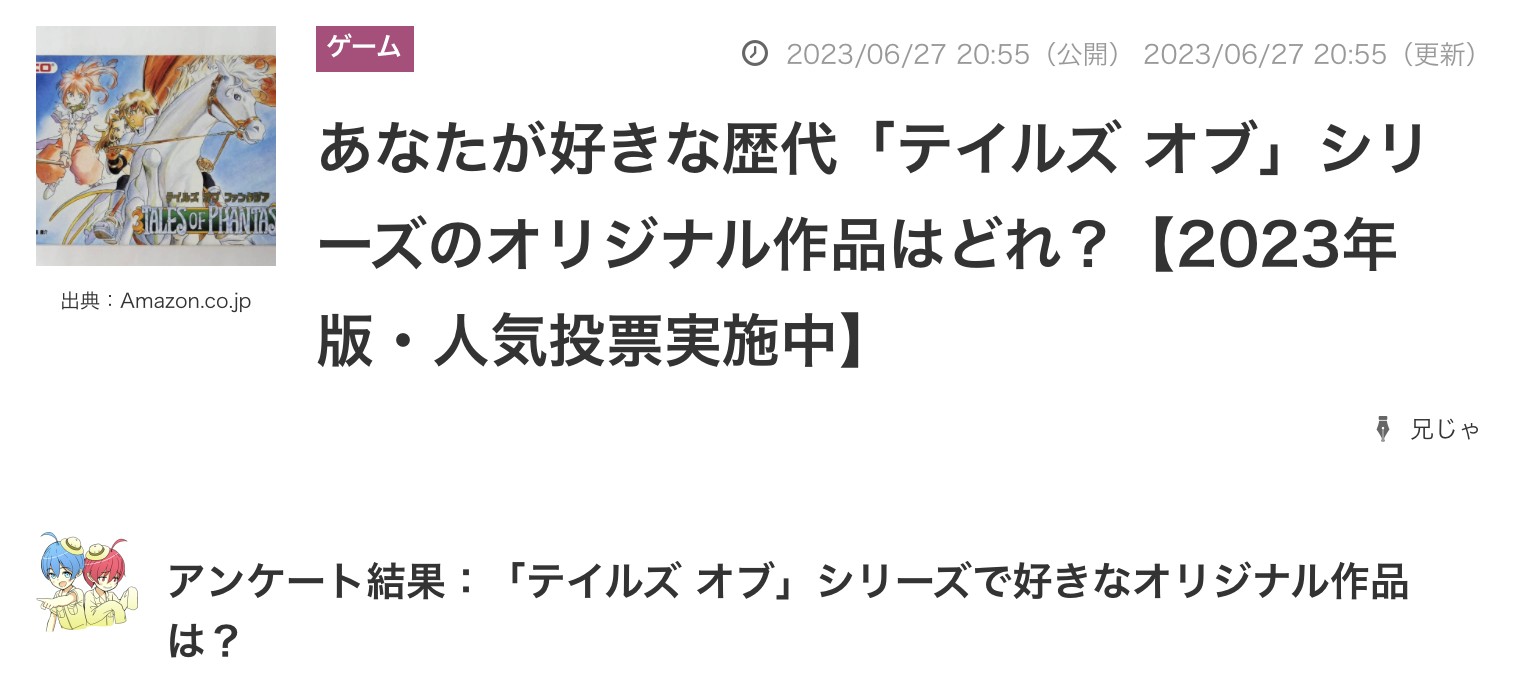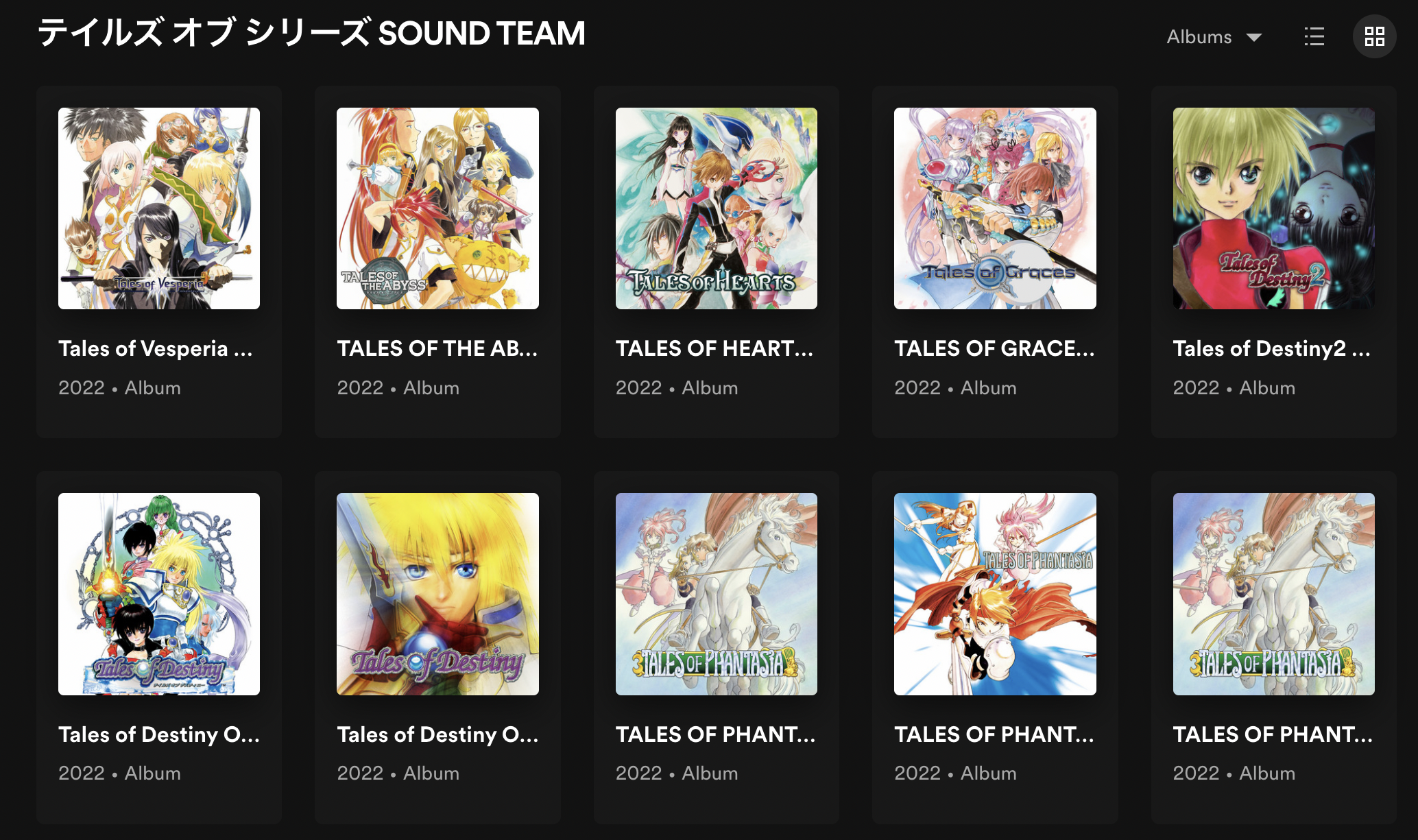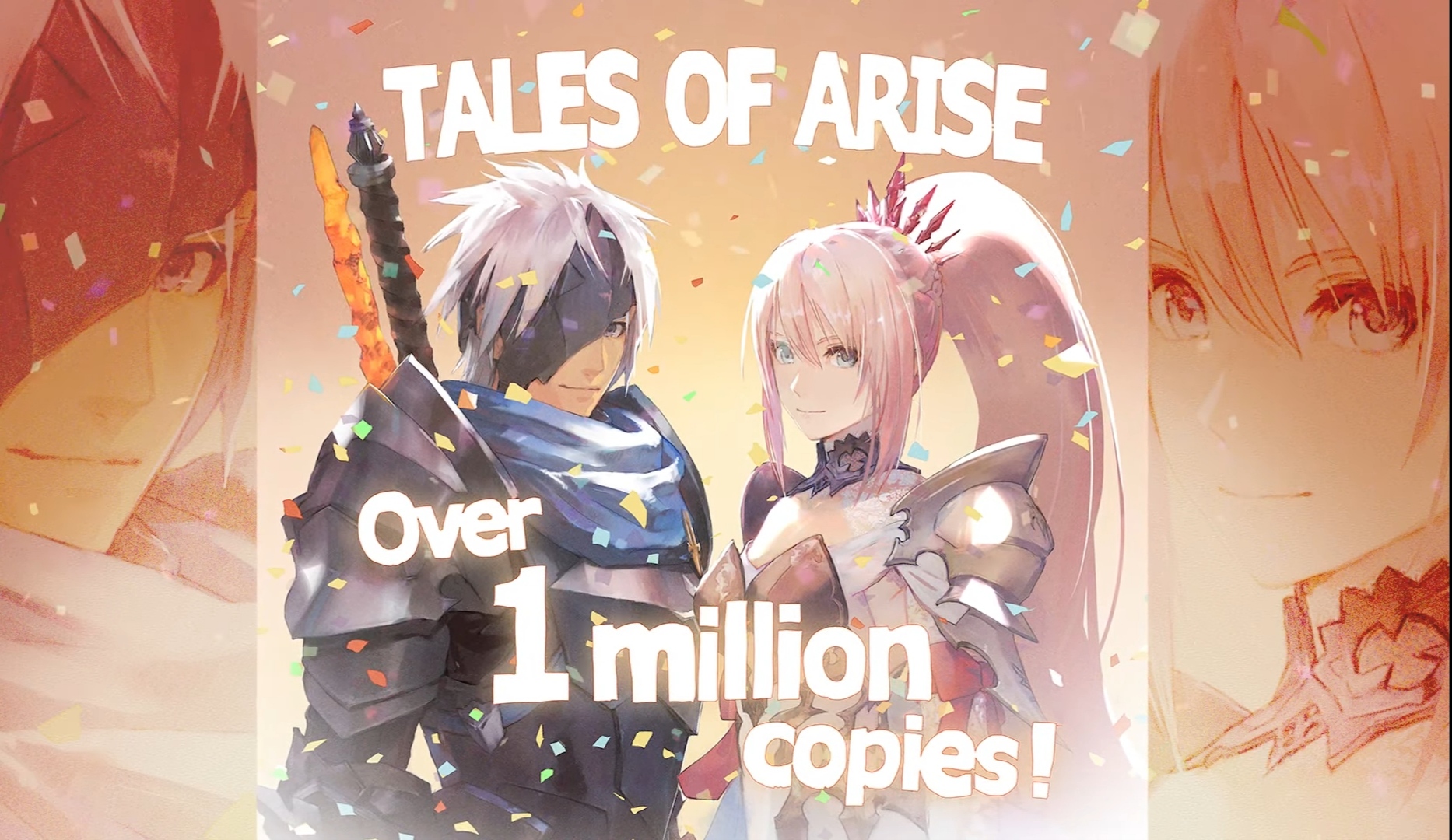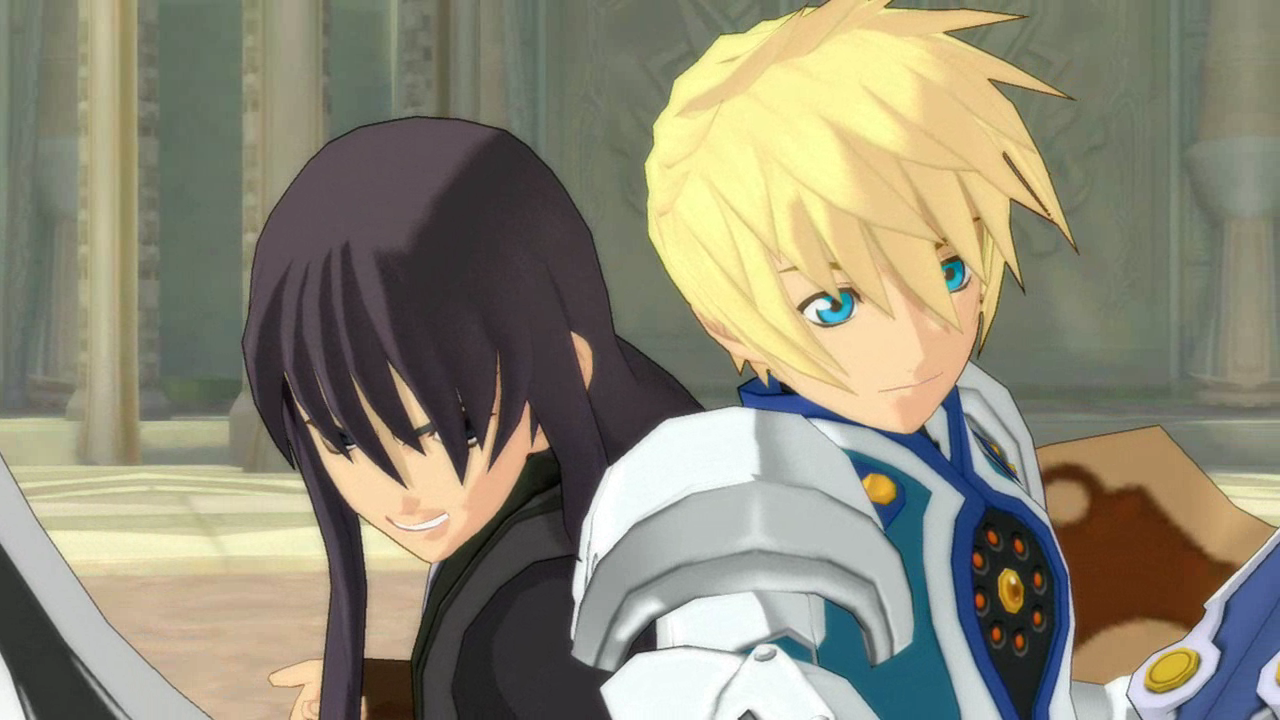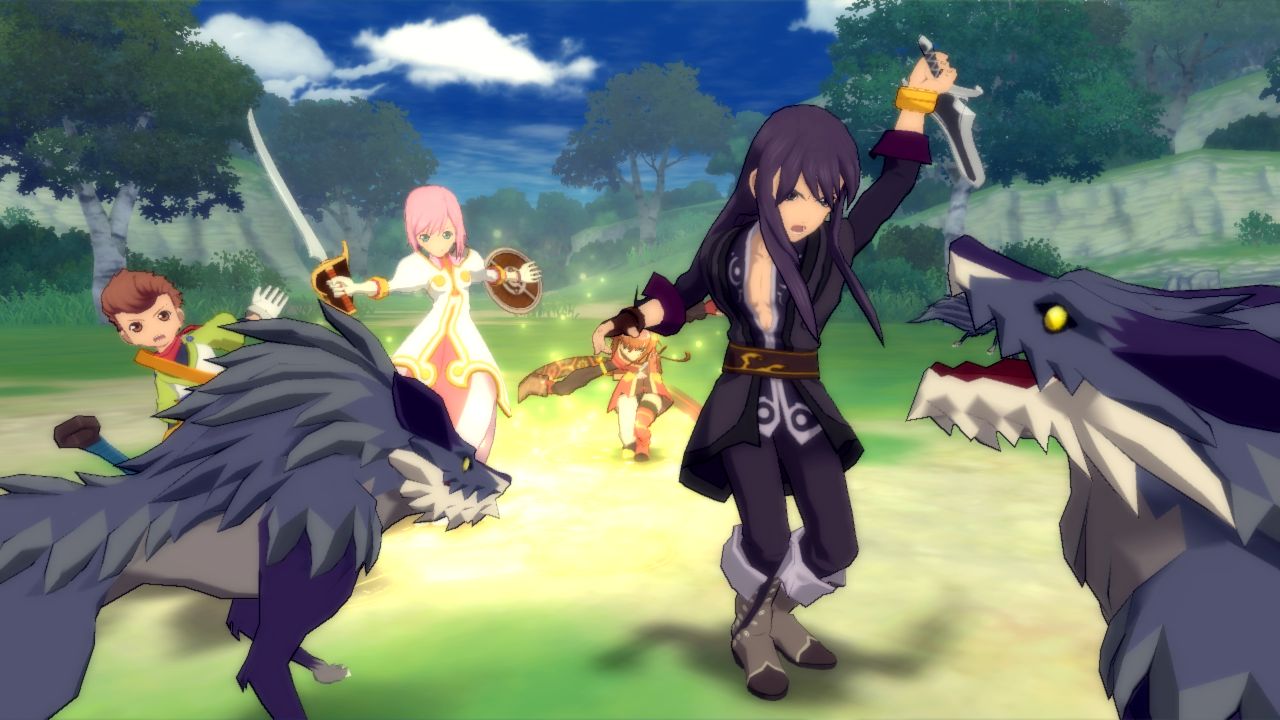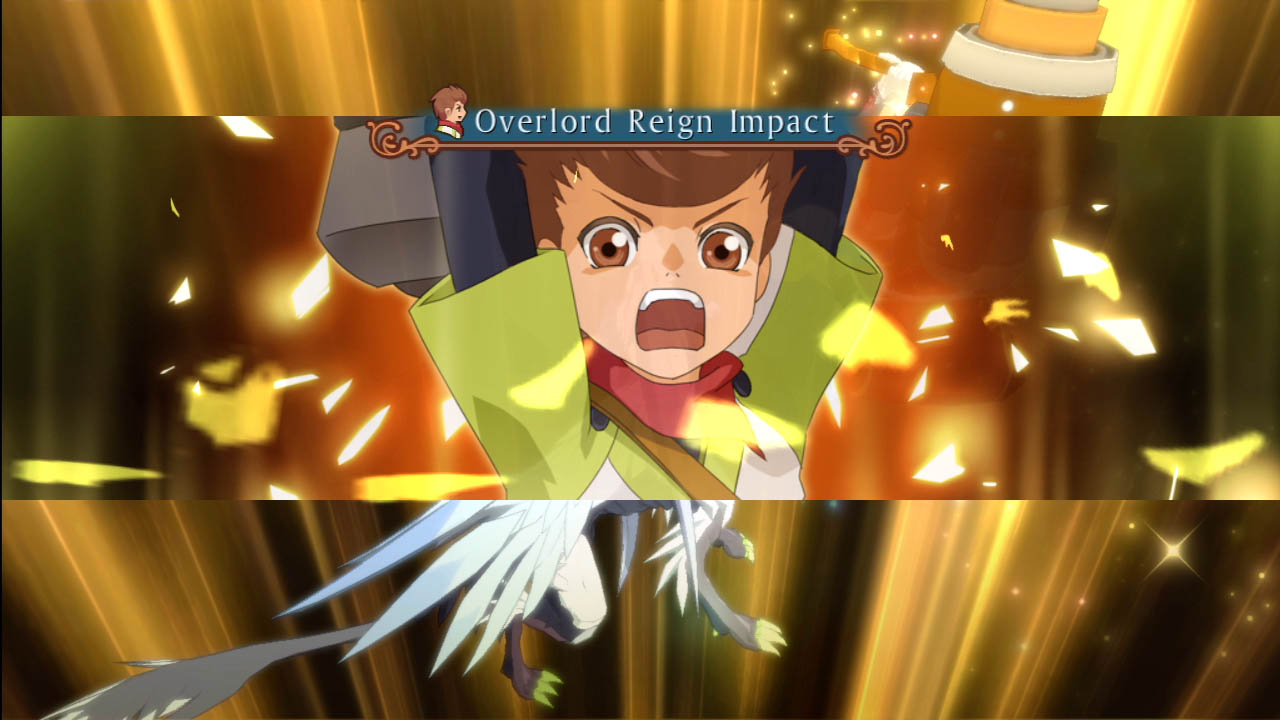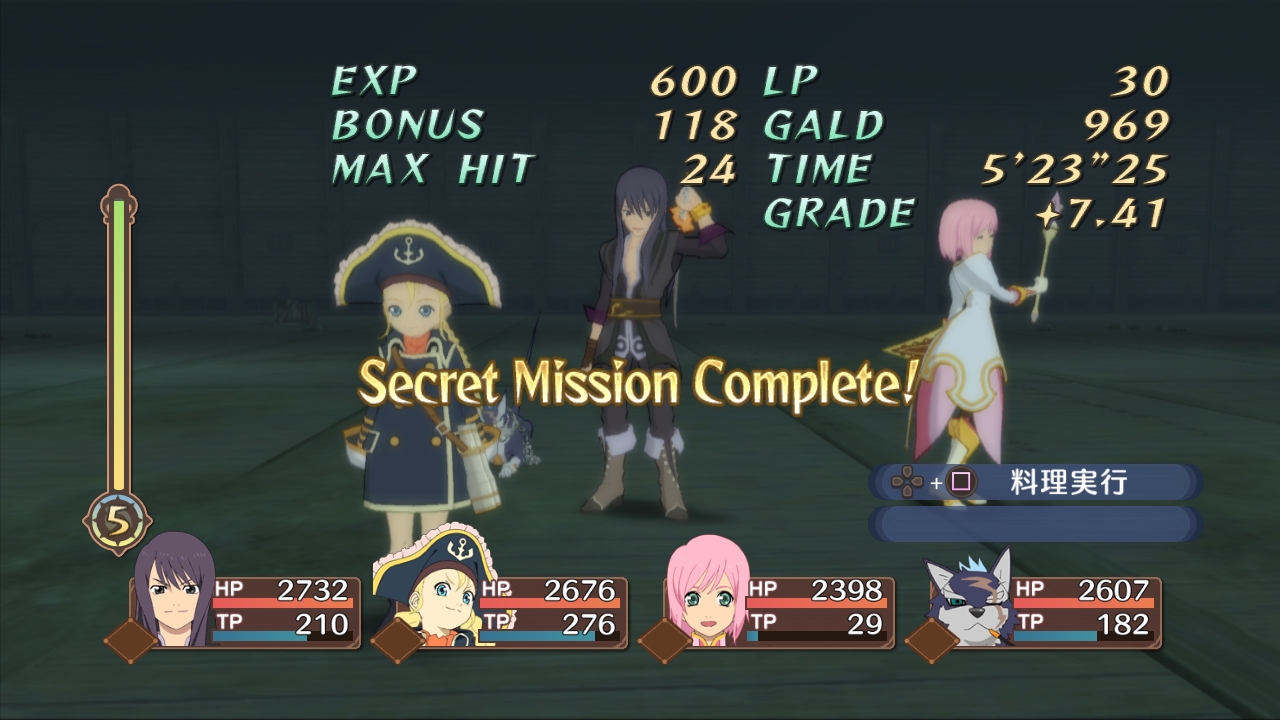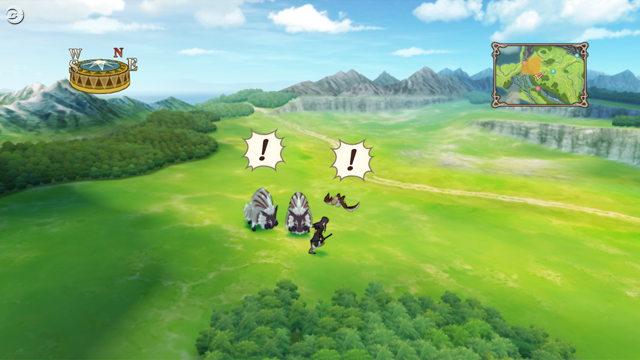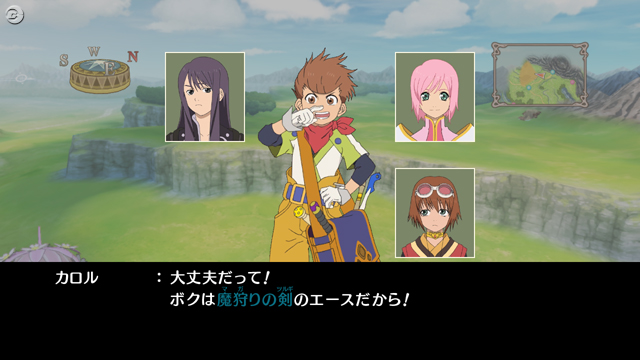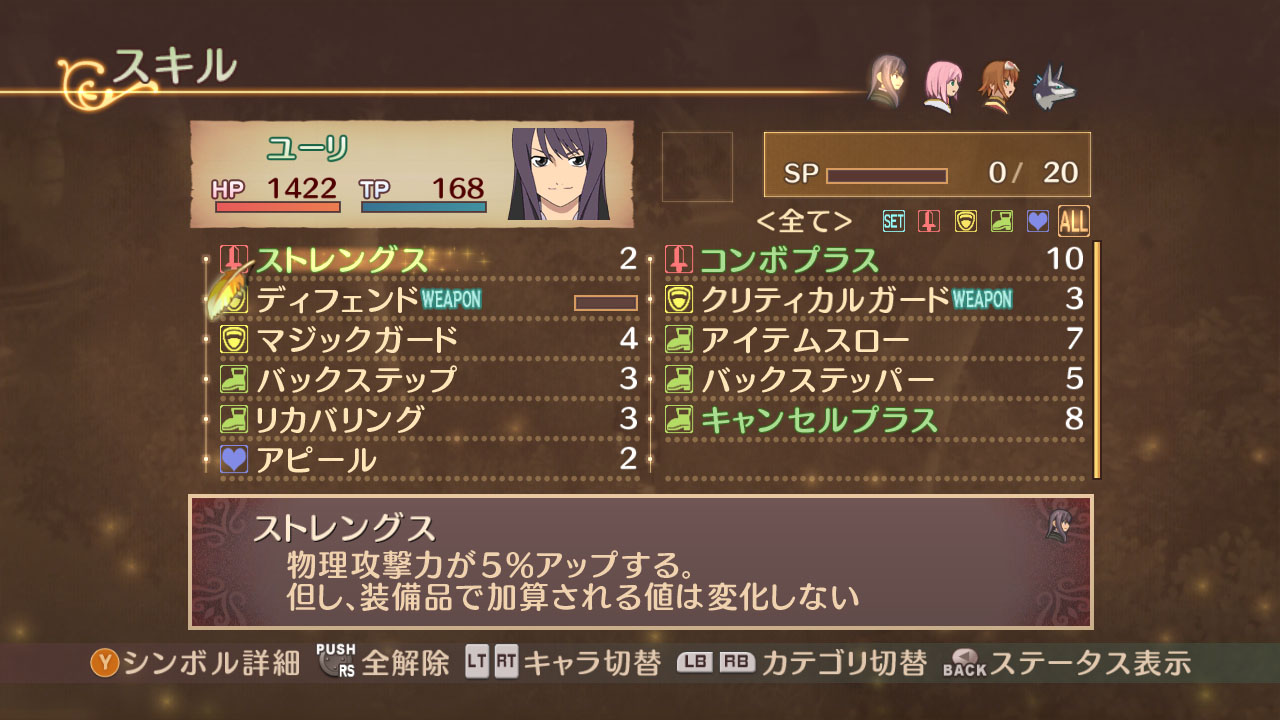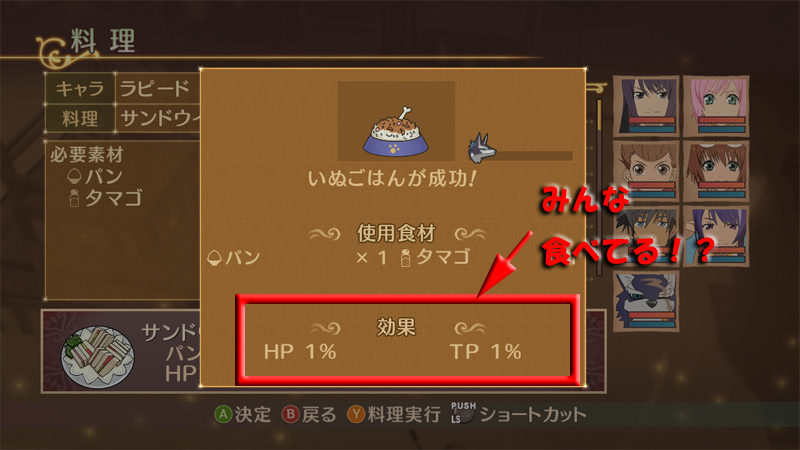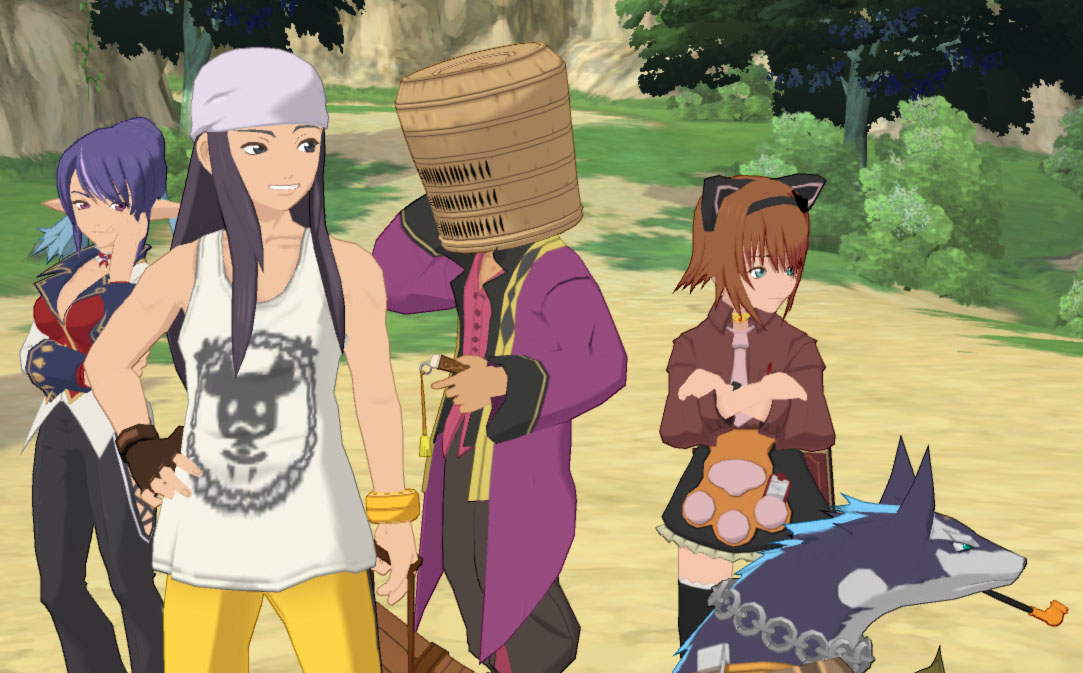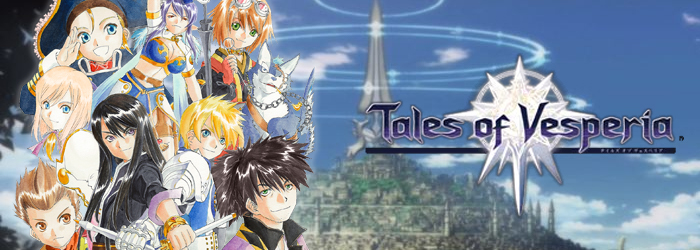 Tales of Vesperia is the 10th mothership title in the Tales series. It is the first Tales game to have a North American localization released within a month of the Japanese release. Tales of Vesperia was originally released on the XBox 360 in 2008, but a deluxe edition with two additional playable characters was released a year later on the PlayStation 3 in Japan only. The game features character designs by Kosuke Fujishima and Minoru Iwamoto, a score by Motoi Sakuraba and Hibiki Aoyama, and animation by Production I.G. At E3 2018, it was announced that a remastered "Definitive Edition" of Tales of Vesperia, featuring the two PS3-exclusive characters and other previously unlocalized content, will be released for the PlayStation 4, Xbox One, Nintendo Switch and PC (via Steam) on January 11th, 2019 worldwide.
Tales of Vesperia is the 10th mothership title in the Tales series. It is the first Tales game to have a North American localization released within a month of the Japanese release. Tales of Vesperia was originally released on the XBox 360 in 2008, but a deluxe edition with two additional playable characters was released a year later on the PlayStation 3 in Japan only. The game features character designs by Kosuke Fujishima and Minoru Iwamoto, a score by Motoi Sakuraba and Hibiki Aoyama, and animation by Production I.G. At E3 2018, it was announced that a remastered "Definitive Edition" of Tales of Vesperia, featuring the two PS3-exclusive characters and other previously unlocalized content, will be released for the PlayStation 4, Xbox One, Nintendo Switch and PC (via Steam) on January 11th, 2019 worldwide.
Its opening song, Ring a Bell/Kane wo Narashite by Bonnie Pink is available in both English and Japanese. A prequel film called Tales of Vesperia: The First Strike, featuring animation by Production I.G, was released in 2009 for Japan, and 2012 for English audiences. This is the first and currently only feature-length movie in the Tales franchise. It focuses on Yuri's time as a knight prior to the start of Tales of Vesperia.
- Name:
- Tales of Vesperia (テイルズ オブ ヴェスペリア, Teiruzu obu Vesuperia)
- Name Origin:
- "Vesper," which means "evening star" in Latin
- Developer:
- Namco Tales Studio
- Publisher:
- Bandai Namco Games
- Atari Europe
- Genre:
- RPG to enforce one's justice; 正義を貫く RPG (seigi o tsuranukitosu RPG)
- Character Design:
- Kosuke Fujishima
- Minoru Iwamoto
- Music:
- Motoi Sakuraba
- Hibiki Aoyama
- Animation:
- Production I.G
- Opening Theme:
- "Ring a Bell" by Bonnie Pink (US, EU)
- 鐘を鳴らして; (Kane wo Narashite lit. Ring a Bell) by Bonnie Pink (JP)
 Japan
Japan
 North America
North America
 Europe
Europe
Main Characters

Yuri Lowell |

Estelle |

Flynn Scifo |

Repede |

Karol Capel |

Rita Mordio |

Raven |

Judith |

Patty Fleur |
Others
Internal Links
- Tales of Vesperia Images at our Gallery
- Tales of Vesperia Videos and Trailers at our YouTube
Tales of Vesperia Videos and Trailers from News Posts
Official Links
- Tales of Vesperia 10th Anniversary Portal Site (JP)
- Tales of Vesperia Official Website for the Xbox 360 (JP)
- Tales of Vesperia Official Website for the PlayStation 3 (JP)
- Tales of Vesperia Definitive Edition Official Website at Bandai Namco Entertainment (NA)
- Tales of Vesperia Definitive Edition Official Website at Bandai Namco Entertainment (EU)
Tales of Vesperia on Steam
External Links
Related Sections
North America
Europe and Asia Pacific
Japan
